SPA Newsletter
School of Physics & Astronomy Newsletter
October 28th, 2021
Current Issue | Awards & Recognition | Archive
Letter from the Head
Dear Friends of the School of Physics and Astronomy,
With the beginning of the fall semester, we have returned to in-person instruction in the School. We are pleased to welcome a new group of 35 students to the graduate programs in Physics and Astrophysics, and the largest and most diverse incoming first year undergraduate class in its history is entering the College of Science and Engineering. You can read here about the efforts of faculty and graduate students in the School to recruit and retain more of those first-year students as physics majors as part of the American Institute of Physics’ TEAM-UP project. As we welcome new majors into the program, there is no shortage of research opportunities for them, including in the Small Satellite Laboratory, from which an undergraduate team successfully competed to have an instrument launched into space in 2023. I also hope you enjoy highlights of accomplishments of faculty, staff, and students, including physics major Sauviz Alaei, who is a winner of one of the prestigious Astronaut Scholarships. As the academic year begins, we would also like to recognize Professor John Wygant, who is retiring this fall, although he will continue his research in space physics. John joins an active group of emeriti in the School, including Professor Roberta Humphreys, who delivered the first colloquium of the year on “Luminous Blue Variables,” which have fascinated her over her five decades at the University of Minnesota. Roberta shares some of that history in this newsletter. We continue to welcome new faculty to the School, and this fall Alex McLeod, a condensed matter experimentalist, is joining us from Columbia University. We will be sharing more about Alex’s research in a future newsletter.
Now that campus is open again, we look forward to seeing alumni and friends when you come back to campus. In the meantime, please continue to take advantage of those benefits that Zoom has bestowed upon us, such as the opportunity to hear Assistant Professor Michael Coughlin speak on “New Science from Merging Neutron Stars,” which is the next MIFA Public Lecture, on Wednesday, November 3rd at 7:00. If you cannot make it in-person a Zoom option is available.
Sincerely,

Paul Crowell
Head, School of Physics and Astronomy
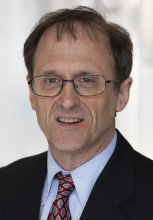
School News
School part of national effort to improve representation for African Americans in physics and astronomy
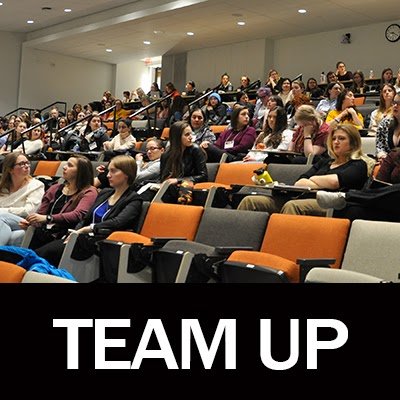
The School of Physics and Astronomy is participating in a set of implementation workshops hosted by the American Institute of Physics’ (AIP) Task Force to Elevate African American Representation in Undergraduate Physics & Astronomy (TEAM-UP).
Roberta Humphreys on Luminous Blue Variables

Professor Roberta Humphreys of the School of Physics and Astronomy recently gave a colloquium that served as a primer on “some of the most interesting stars I know: luminous blue variables (LBVs). Humphreys, College of Science and Engineering Distinguished Professor Emerita, recently gave a plenary lecture on this topic at the 238th meeting of the American Astronomical Society. The LBVs form a class of extremely rare stars (only 12 have been identified in our galaxy) that are very luminous, massive and radiate blue light. Humphreys coined the term “luminous blue variables” in 1978.
School Staff Member in the Great American Thinkoff

Angela Stehr was one of four finalists to answer the question “Is it Better to Win or Play by the Rules?” in the Great American Thinkoff, held annually in New York Mills, MN. Stehr is a Program Specialist for the Minnesota Institute of Astrophysics and is a self-described “Thinkoff Groupie.” She’s been attending the Thinkoff every year since 2008 and keeps a standing room reservation at the Whistle Stop B&B, the only hotel in the small community.
Pryke leads research effort that improves constraints on Physics of Big Bang
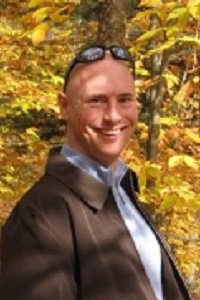
Professor Clem Pryke of the School of Physics and Astronomy is a co-leader of a collaboration that recently published a paper in Physics Review Letters that refines models of the early expansion of the Universe after the Big Bang.
Greven research finds stretching quantum materials could tune their efficiency

Professor Martin Greven, a Distinguished McKnight Professor in the University of Minnesota’s School of Physics and Astronomy and the Director of the Center for Quantum Materials, led research efforts that found that deformations in quantum materials that create an imperfection in their crystalline structure, can actually improve the material's superconducting and electrical properties.
Wang finds unique properties by giving three layers of graphene a twist

Ke Wang, an Assistant Professor in the School of Physics and Astronomy, led a recent experimental effort to study the electrical properties of a novel architecture of graphene--a single atomic layer of graphite. It was recently shown that by placing two layers of graphene on top of one another with a small twist angle in between, the electrical properties change drastically. “With a precisely-controlled twist angle,” Wang says, “it can even become superconducting, allowing electrical current to experience no dissipation or resistance.” Wang’s group took it to another level by stacking three layers of graphene with consecutive twists, resulting in a higher order atomic structure that exhibits “transport signature of superconductivity at an extremely low electron density, two orders of magnitude smaller than the previous record,” Wang says. The experimental results have also shed important new light on understanding superconductivity in graphene. “It was believed that electrons need to be energetically isolated before they can give rise to superconductivity in graphene, but our experiment surprisingly suggests otherwise.”
Local team selected by Air Force for space launch
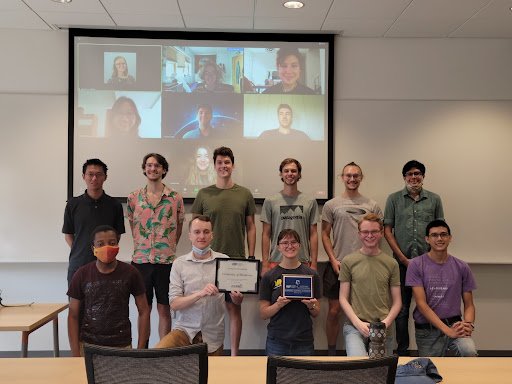
A team from the University of Minnesota Small Satellite Laboratory was selected in a competition to be one of three teams to have their small instrument, a cubesat, launched into space. Professor Lindsay Glesenerof the School of Physics and Astronomy was a co-advisor (along with Professor Demoz Gebre-Egziabher of the School of Aerospace Engineering) on the project which will test a proof of concept design for space navigation. The technology will measure x-rays from a pulsar in the crab nebula to triangulate a position. This is a useful system of navigation for space travel beyond earth-orbit satellites and for earth, should GPS satellites go down for some reason. Lindsay’s area of research is using X-ray’s to study solar astrophysics so her students have a background in creating satellites to measure X-rays.
Alaei named Astronaut Scholar
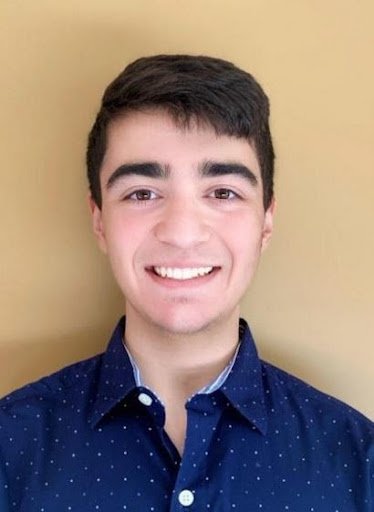
Sauviz Alaei, a Physics and Math major from Eagan, has been named a recipient of the Astronaut Scholarship. The Scholarship is awarded annually to outstanding sophomores and juniors who intend to pursue research-oriented careers in math, engineering and the natural and applied sciences.